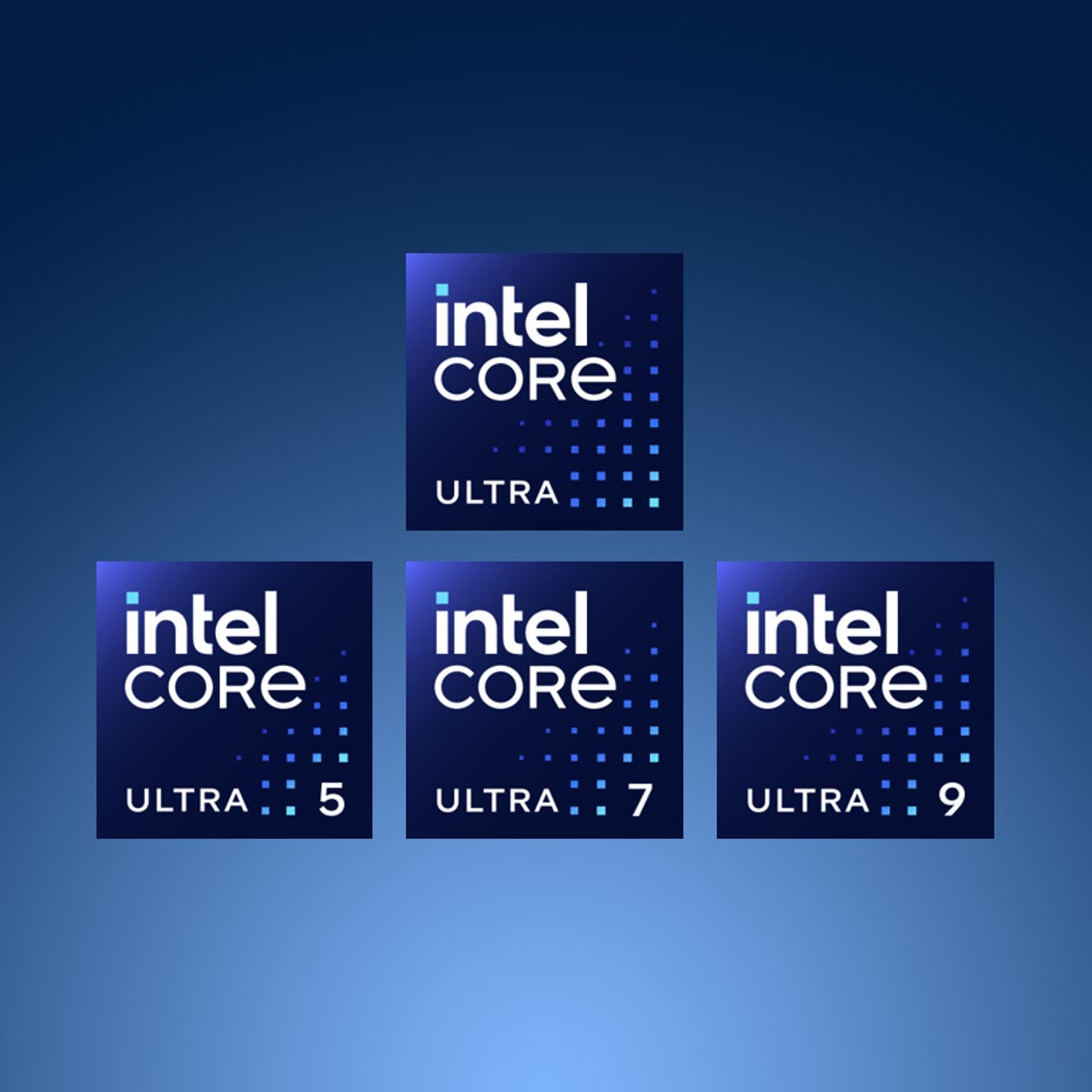In 2023, Intel’s anticipated plans for the LGA-1851 socket didn’t come to fruition as expected. The much-anticipated launch of the Meteor Lake-S desktop CPU series was put on hold as Intel shifted its focus to the mobile segment. This strategic decision led to the discontinuation of the “S” series. However, Intel didn’t entirely discard the concept of introducing the architecture to desktops.

The Debut of the First Official LGA-1851 Processor
Intel has recently unveiled its Meteor Lake-PS architecture, specifically designed for edge systems. This launch marks the debut of the first Core Ultra processor on an LGA socket, specifically the LGA-1851. While Meteor Lake is indeed being launched for this socket, its primary focus is not on gamers and enthusiasts.
The attached image provides detailed specifications of Intel Core Ultra Processor SKUs (HL Series, 45W base power), providing insights into their various features and configurations, which is relevant for understanding the performance and application of these processors.
Powering AI-Enabled Edge Devices
Intel is marketing the ‘PS series of Core Ultra processors’ as a solution designed to power AI-enabled edge devices. These chips are aimed at enhancing the capabilities of edge systems that require AI acceleration, media processing, and visual computing. Notably, Meteor Lake CPUs come with integrated Arc graphics.
The new socketed system-on-chip (SOC) is engineered to enable generative AI (GenAI) and demanding graphics workloads at the edge for various sectors including retail, education, smart cities, and industrial customers. This includes GenAI-enabled kiosks, smart point-of-sale systems in physical retailers, interactive whiteboards for enhanced classroom experiences, and AI vision-enhanced industrial devices for manufacturing and roadside units.
Flexibility and Compatibility
Intel has disclosed details about the default TDP class for Meteor Lake-PS, which stands at 45W. However, customers will have the flexibility to configure SKUs within a range of 20 to 65W. Additionally, a low-power version with a 15W rating (12-28W configurable TDP) is available, denoted by HL and UL series. These variants are essentially derived from H and U chips found in the mobile segment but packaged for desktop use on the LGA platform.
Although there’s mention of a Core Ultra 3 processor, the lineup appears to lack Core Ultra 9 SKUs. The attached image provides detailed specifications of Intel Core Ultra Processor SKUs (UL Series, 15W base power), showcasing various specifications like processor number, cores, threads, cache size, max turbo frequency, and other technical details. This information is relevant for understanding the performance and application of these processors.
Looking Ahead
The LGA-1851 socket, designed for desktops, supports DDR5-5600 memory and can accommodate up to two PCIe Gen4 SSDs. Users can also connect to four Thunderbolt 4 devices. However, this iteration does not include support for Thunderbolt 5, WiFi7, or PCIe Gen5 interfaces. Intel has confirmed that the LGA-1851 socket measures 45×37.5mm, which is identical in size to the LGA-1700 socket, but they are not interchangeable.
Intel has announced that the LGA-1851 Meteor Lake processors will launch in Q4, around the same time as the expected release of a consumer Core series based on Arrow Lake-S. There will also be a minor update of Raptor Lake for edge systems with the LGA1700 socket, but these won’t represent any significant new developments.
Source: Intel
Related Posts

OpenAI Unveils SearchGPT: A New Challenger to Google’s Throne
Breaking News: OpenAI, the wizards behind ChatGPT, have just pulled a rabbit out of their digital hat. Meet SearchGPT, the latest

Apple Maps Expands to the Web: Taking on Google with a Bold Move
More than a decade after its debut, Apple Maps is stepping up its game and venturing onto the web, aiming
